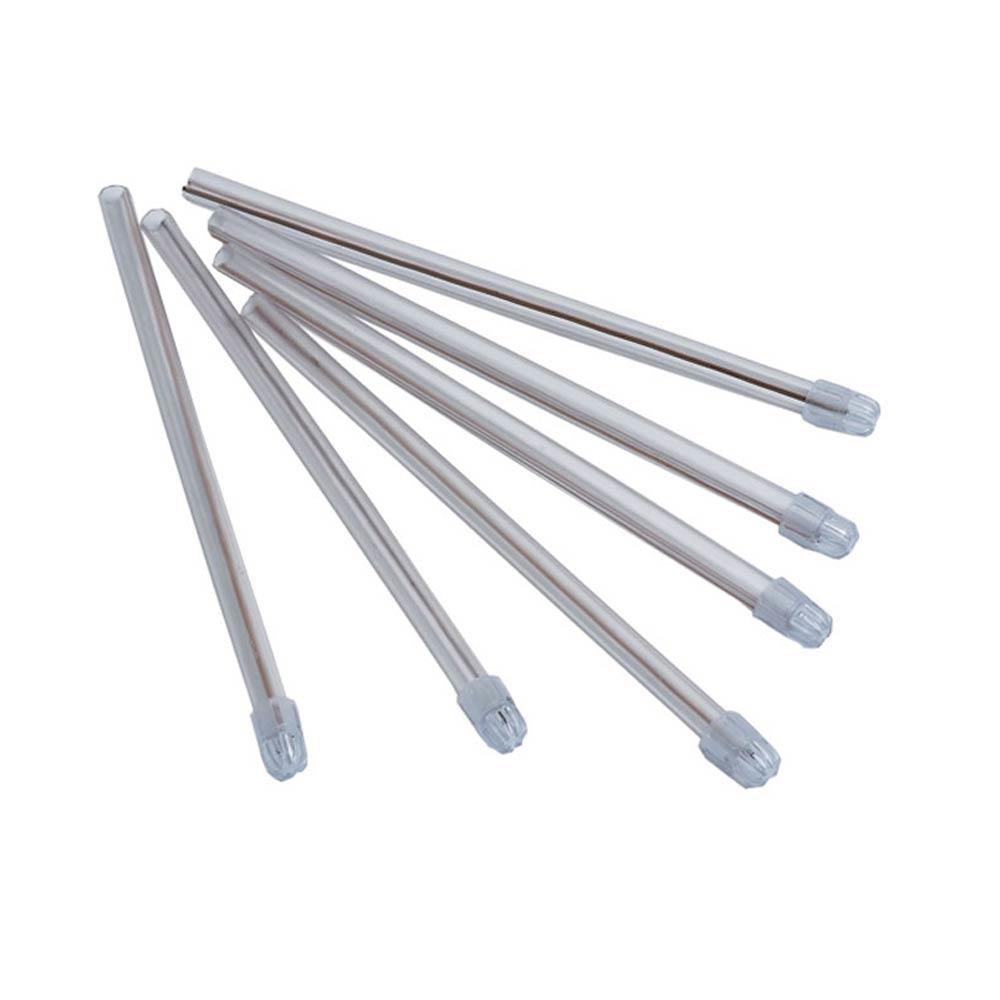

All patients between 6-12 years of age, visiting the Department of Paedodontics and Preventive Dentistry, KLE University’s KLE VK Institute of Dental Sciences, Belagavi, Karnataka, India, were screened for inclusion and exclusion criteria. Voluntary written informed consent was obtained from parents and assent from all the children.

Ethical clearance was obtained from the Institutional Review Board prior to the study which was according to the Declaration of Helsinki for biomedical research involving human subjects. Thus, a study was designed to compare the fluoride varnish, chlorhexidine varnish and fluoride varnish with CPP-ACP on salivary Streptococcus mutans level in children with mixed dentition.Īn in vivo study was designed, analysed and interpreted according to the Consolidated Standards of Reporting Trials (CONSORT). However, use of these agents and their effect on S. Recently, MI varnish was introduced which has the properties of fluoride along with remineralizing properties of CPP-ACP.
#SALIVA EJECTOR FREE#
A novel dental caries preventive material Casein Phosphopeptide- Amorphous Calcium Phosphate (CPP-ACP) is a milk product which helps in remineralization and prevents dental caries by forming a calcium phosphate reservoir, buffering the activities of free calcium and phosphate ions, consequently help in maintaining a state of supersaturation that inhibits demineralization and enhances remineralization. The new concept of minimal intervention dentistry was introduced which strives on prevention of the disease by arresting the caries progression. Unfortunately some side effects of chlorhexidine that limit its wide spread use among patients include brown staining on teeth, bitter taste, dulling of taste sensation and epithelial desquamation. Ĭhlorhexidine is a broad spectrum anti-microbial agent that has marked caries inhibiting effect. It was stated that though fluoride is one of the most successful agents in caries prevention, it has only limited antimicrobial effect and the other drawback is that it is not advisable in patients with fluorosis and patients with kidney disorders. The varnishes adhere to the tooth surface for longer period and prevent its immediate loss, thus acting as slow-releasing reservoirs. These chemical antimicrobial substances are capable of inhibiting bacterial adhesion, colonization and metabolic activity by reducing the bacterial growth. Īmong the possible strategies in Streptococcus Mutans (SM) control, chemotherapeutic treatment regimens have received much attention and have presented satisfactory results. mutans in saliva and incidence of dental caries. Longitudinal studies have found a significant association between increased proportion of S. Among all the species, Streptococcus Mutans (SM) has found to be a predominant organism responsible for dental caries. Various antimicrobials have been used in oral cavity with varying efficacy to suppress the growth of microorganisms responsible for dental caries. All these measures target the oral microflora.

The best method for prevention of caries includes dietary modification, adequate oral hygiene practices, antimicrobial agents, pit and fissure sealants and use of varnishes. Various host, agent and environmental factors play an important role in the development of dental caries and various strategies for controlling dental caries are focussed on disrupting the interaction between all the risk factors. The prevalence of dental caries in developing countries like India is increasing at an alarming level in comparison to the developed countries because of the variety of preventive measures carried out at the community and individual level.ĭental caries is a multifactorial disease. Dental caries is a complex disease affecting a large proportion of the world. Oral cavity is the mirror of general body and so is the oral health an integral part of general health.


 0 kommentar(er)
0 kommentar(er)
